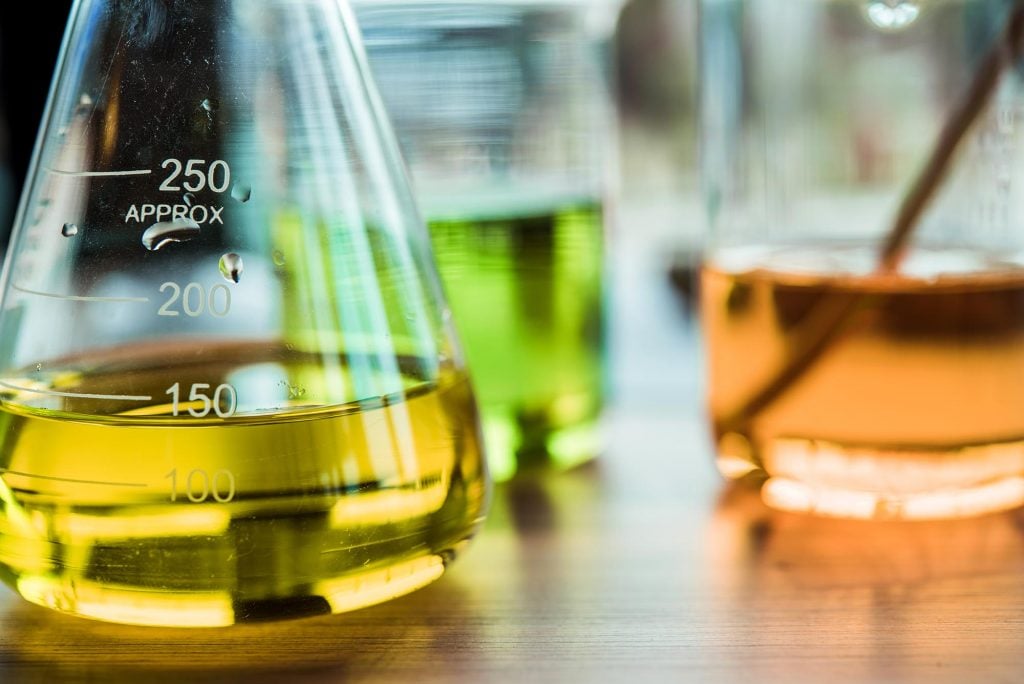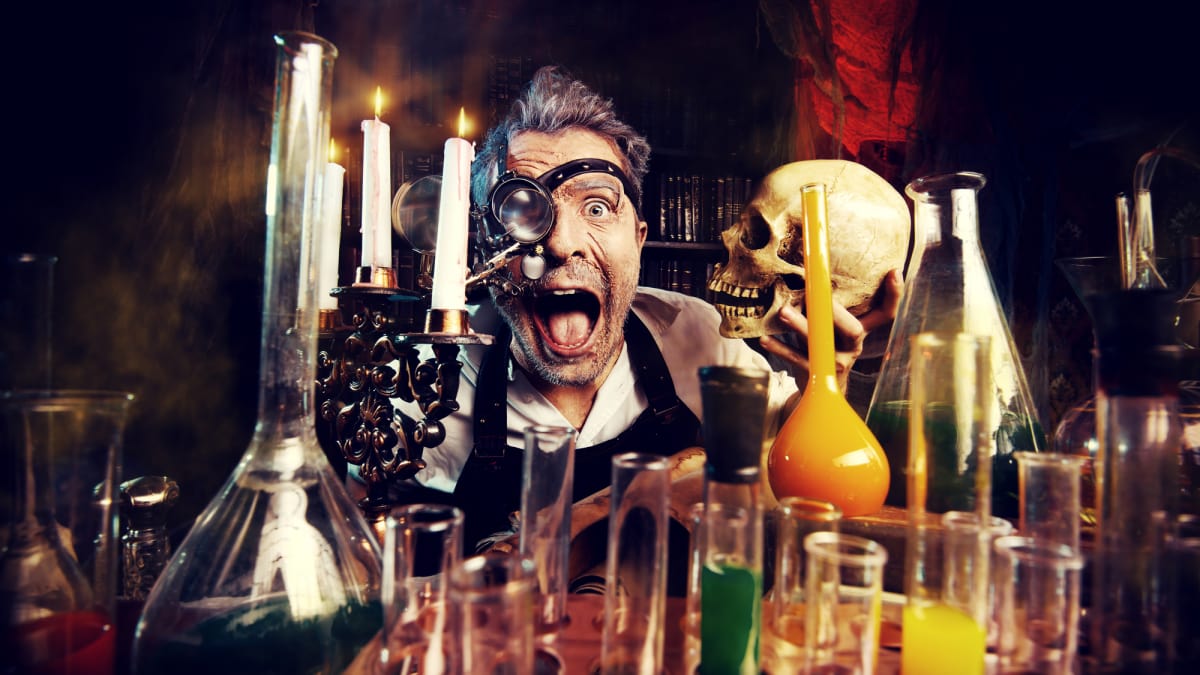You've heard that toxic chemicals are bad for you, but what exactly is a toxic chemical? The U.S. Environmental Protection Agency or EPA defines a toxic chemical as any substance which may be harmful to the environment or hazardous to your health if inhaled, ingested or absorbed through the skin. Many useful household projects contain toxic chemicals. Common examples include:
 Shop Instrument
Shop Instrument, But the best Instruments
Shop Instrument
Shop Instrument, But the best Instruments
This is our deadly chemical all-star list! While many of them are useful in their domains, but they still have tremendous potential to wreck havoc and destruction if not dealt with proper care. Worst of all, some of them may also found in your home, so it’s worth reading the list to be aware of the risks and take appropriate precautions.
We'll explore some of the most dangerous chemicals you'll, hopefully, never cross paths with during your life.
Chemical Poisoning
-
admin
Chemical poisoning is a major public health concern. Approximately 95% of all accidental or intentional poisonings are due to chemicals. Nearly 90% of these cases occur at home. The smallest children, infants and toddlers, are at the highest risk for accidental (acute) poisoning. In 2000, poison control centers received well over a million calls about poison exposures to children younger than age 6. Chronic exposure is chemical poisoning that occurs slowly and insidiously over a prolonged period of time. Many chronic, degenerative diseases have been linked to environmental pollution or poisoning. The list may include cancer, memory loss, allergies, multiple chemical sensitivity, chronic fatigue syndrome, infertility in adults, learning and behavioral disorders, developmental abnormalities, and birth defects in children.
Take a look around your home. Do you know what’s in your household goods and products? Some chemicals can harm your health if too much gets into your body. Becoming aware of potentially harmful substances and clearing them out can help keep you and your family healthy.
“There’s a range of chemicals that you can be exposed to in your home, generally at very low levels,” says Dr. Andrew Rooney, a toxicology and risk expert at NIH. Possible toxic substances can be found in building materials, cookware, cleaning products, shower curtains, furniture, carpet, and other common items.





